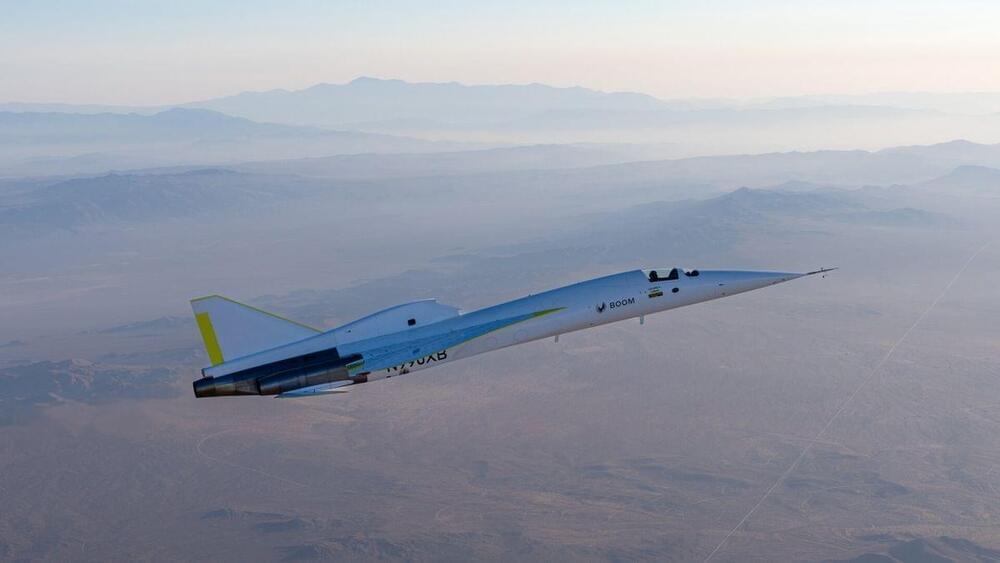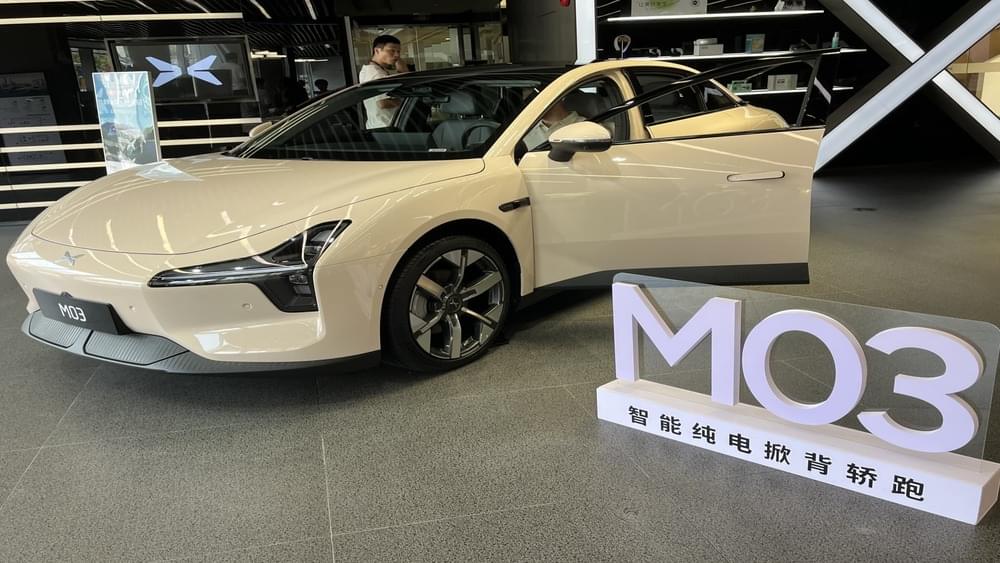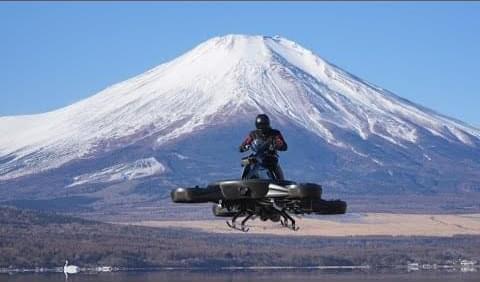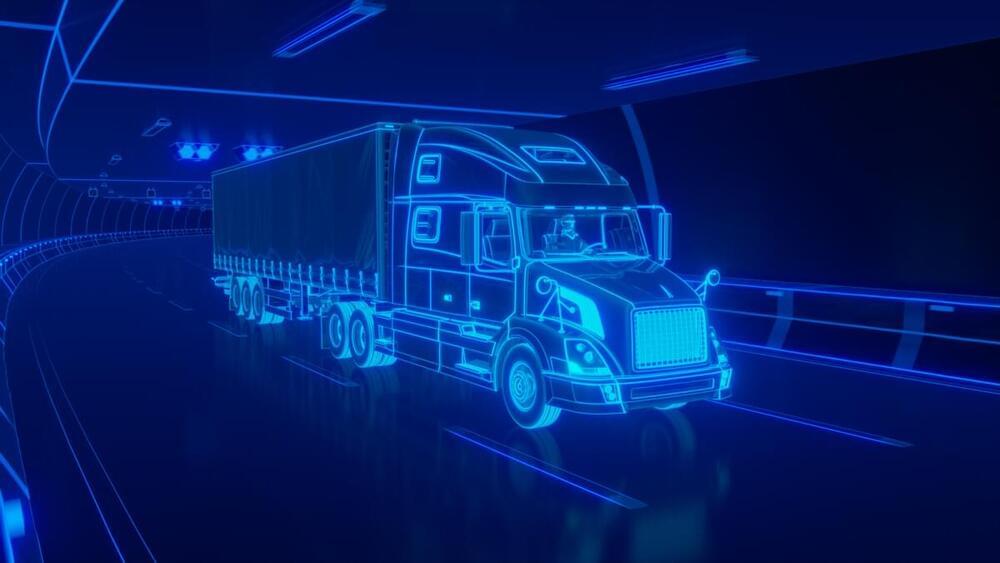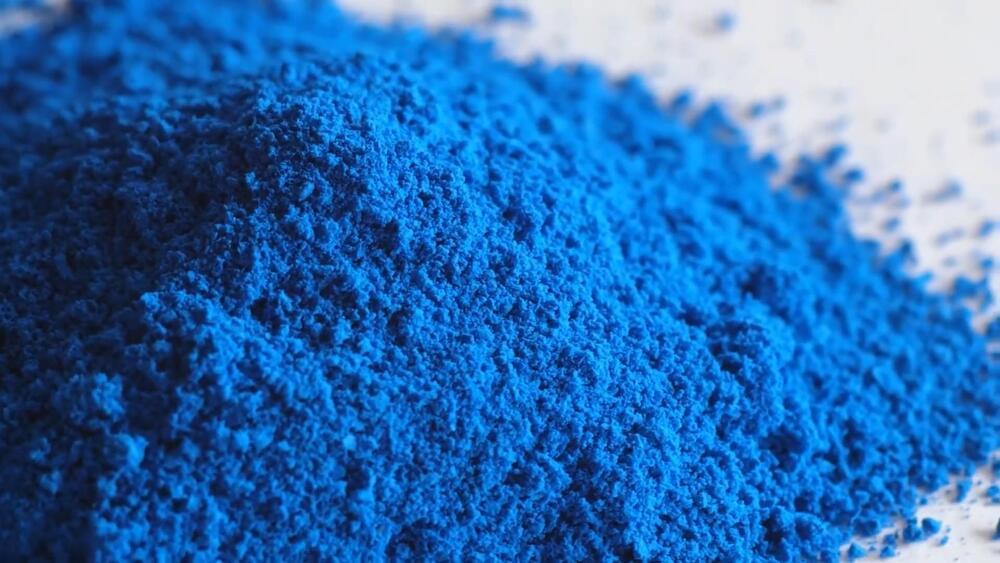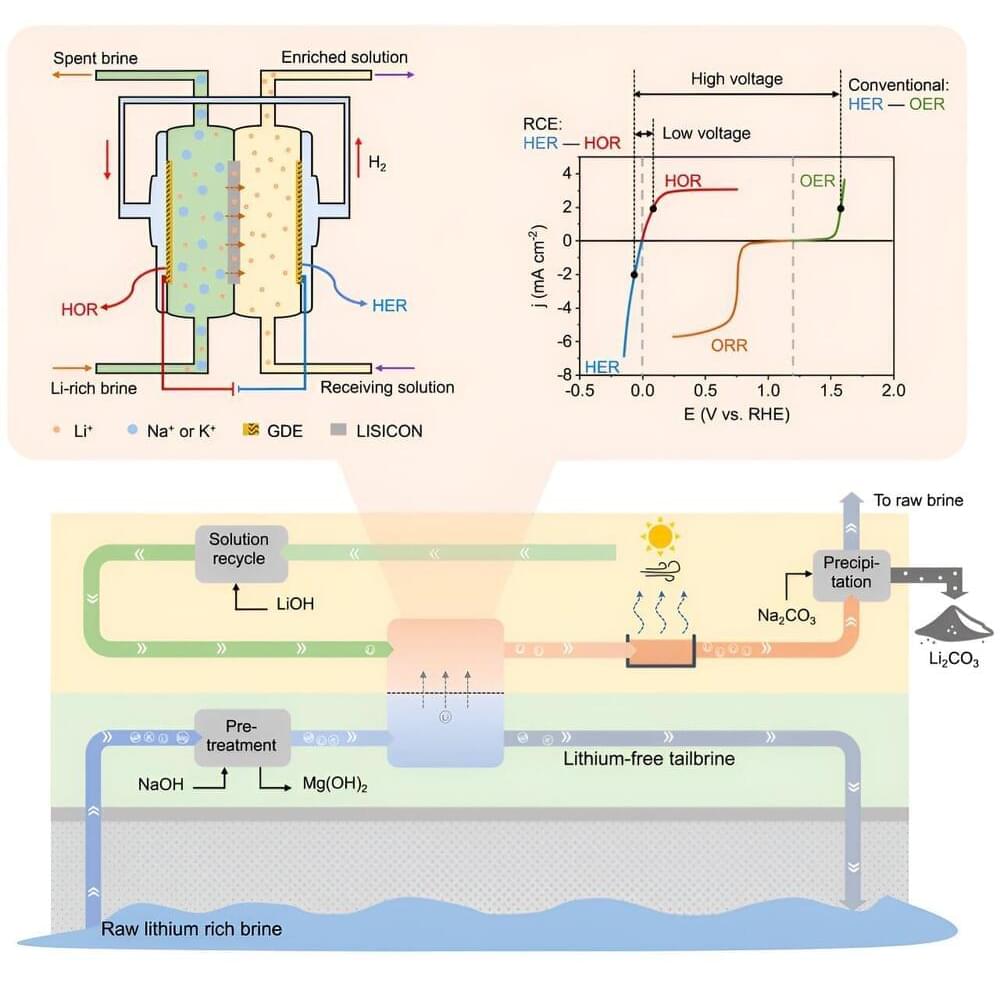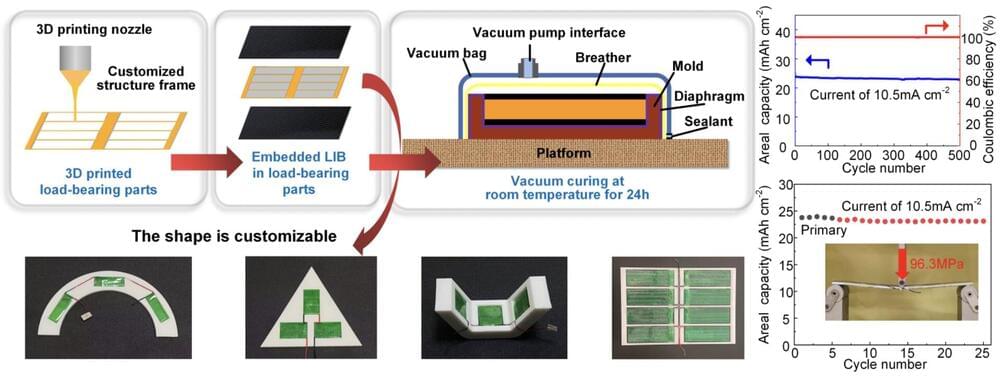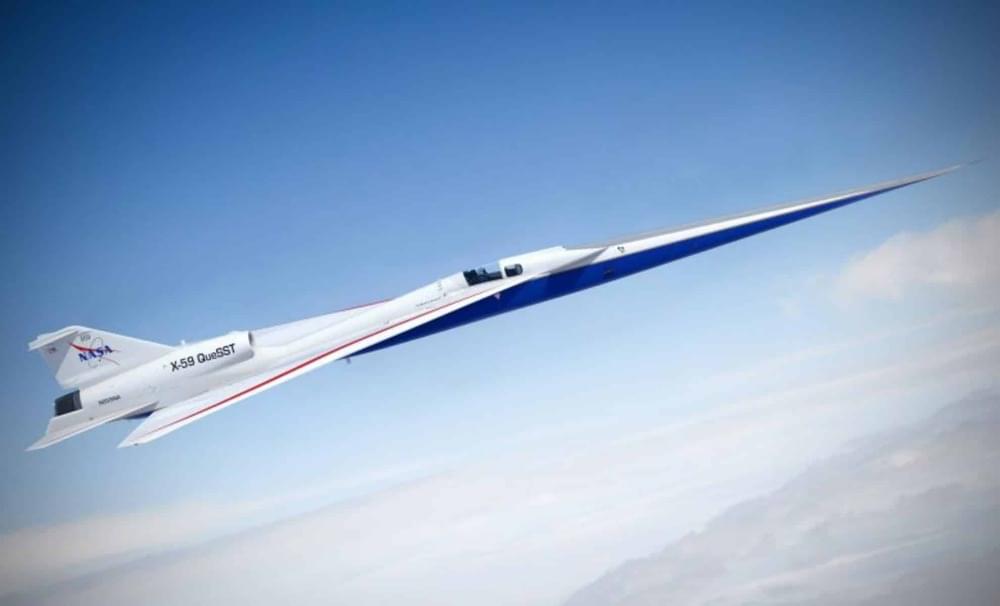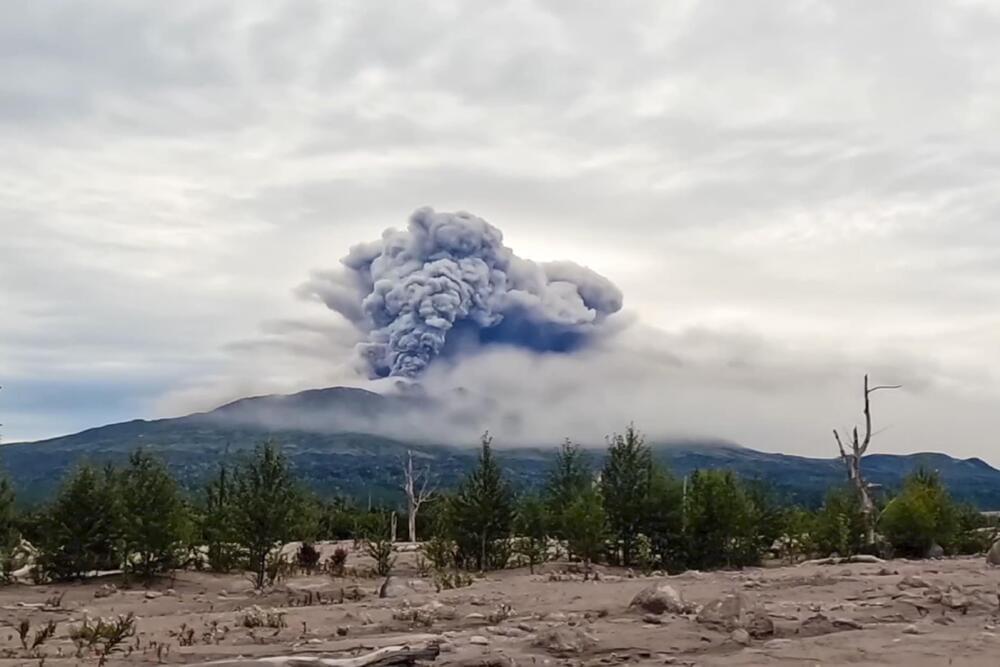The flight tested the vehicle’s landing gear and roll damper for improved handling.
Category: transportation – Page 22
Chinese electric car company Xpeng displays its mass-market Mona M03 coupe inside a headquarters’ showroom in Guangzhou, China, on Aug. 26, 2024.
CNBC | Evelyn Cheng.
BEIJING — Chinese electric car company Xpeng on Tuesday announced that its mass-market brand Mona will start selling some models for less than $17,000.
The CEO for iPad design app Procreate is taking out his stylus and going to war with Silicon Valley’s latest heavily-invested upon baby. “I really f— hate generative AI,” said executive James Cuda in a viral https://twitter.com/Procreate/status/1825311104584802470
" rel="noopener" class="">Twitter post uploaded by his company.
In a stripped-down-style video usually reserved for an actor publically atoning for cheating, Cuda tore into his sector’s implementation of AI and vowed to never get aboard the train.
Noting he doesn’t often get in front of the camera, Cuda explained after getting peppered with questions about AI, he wanted to set the record straight. “I don’t like what’s happening in the industry and I don’t like what it’s doing to artists,” he said.
The U.S. Department of Transportation (U.S. DOT) announced a plan to deploy new technology to ‘enable vehicles to communicate with each other’ in hopes of reducing motor vehicle crashes.
Built by Natron Energy, the Edgecombe County facility is planned for 24 GWh of annual capacity, which would turn Natron from a startup into the first sodium-ion battery production juggernaut on US soil.
Sodium-ion batteries are cheaper, safer, with much longer lifespan and faster charging than conventional Li-ion packs.
Chinese companies are already using them in grid-level energy storage systems of local utilities, to balance their renewable energy mix. Some sodium-ion battery packs are even making their way into electric vehicles there, even though the chemistry offers lower energy density than Li-ion batteries.
A new technology can extract lithium from brines at an estimated cost of under 40% that of today’s dominant extraction method, and at just a fourth of lithium’s current market price. The new technology would also be much more reliable and sustainable in its use of water, chemicals, and land than today’s technology, according to a study published in Matter by Stanford University researchers.
Global demand for lithium has surged in recent years, driven by the rise of electric vehicles and renewable energy storage. The dominant source of lithium extraction today relies on evaporating brines in huge ponds under the sun for a year or more, leaving behind a lithium-rich solution, after which heavy use of potentially toxic chemicals finishes the job. Water with a high concentration of salts, including lithium, occurs naturally in some lakes, hot springs, and aquifers, and as a byproduct of oil and natural gas operations and of seawater desalination.
Many scientists are searching for less expensive and more efficient, reliable, and environmentally friendly lithium extraction methods. These are generally direct lithium extraction that bypasses big evaporation ponds. The new study reports on the results of a new method using an approach known as “redox-couple electrodialysis,” or RCE, along with cost estimates.
The widespread adoption of electric vehicles greatly relies on the development of robust and fast-charging battery technologies that can support their continuous operation for long periods of time. One proposed energy storage solution to improve the endurance of electric vehicles entails the use of so-called structural batteries.
Structural batteries are batteries that can serve two purposes, acting both as structural components of vehicles and energy storage solutions. Instead of being external components that are added to an electronic or electric device, these batteries are thus directly embedded into the structure.
Researchers at Shanghai University and their collaborators recently devised a promising strategy to fabricate highly performing structural batteries with customizable geometric configurations. Their strategy, outlined in a paper published in Composites Science and Technology, enables the 3D-printing of structural lithium-ion batteries for different geometrical configurations.
NASA’s X-59 QueSST (Quiet Supersonic Technology) aircraft is on the brink of making history, as it nears its highly anticipated maiden flight.
Designed to break the sound barrier without producing the disruptive sonic boom traditionally associated with supersonic speeds, the X-59 promises to revolutionize air travel.
With a sleek design and innovative technology, the aircraft has the potential to open up a new era of quieter supersonic flights, particularly over land—a feat that has been unattainable since the era of the Concorde.
PETROPAVOVSK-KAMCHATSKY, Russia (AP) — One of Russia’s most active volcanoes has erupted, spewing plumes of ash 5 kilometers (3 miles) into the sky over the far eastern Kamchatka Peninsula and briefly triggering a “code red” warning for aircraft.
The Shiveluch volcano began sputtering shortly after a powerful 7.0 magnitude earthquake struck off Kamchatka’s east coast early Sunday, according to volcanologists from the Russian Academy of Sciences. They warned that another, even more potent earthquake may be on the way.
The academy’s Institute of Volcanology and Seismology released a video showing the ash cloud over Shiveluch. It stretched over 490 kilometers (304 miles) east and southeast of the volcano.
